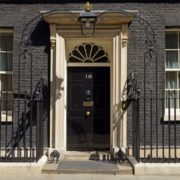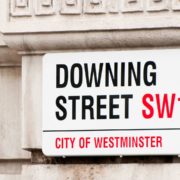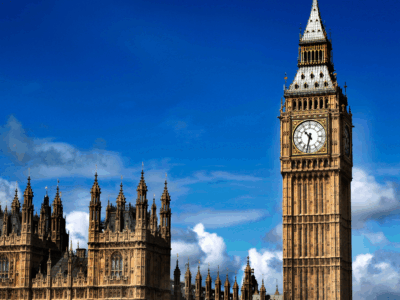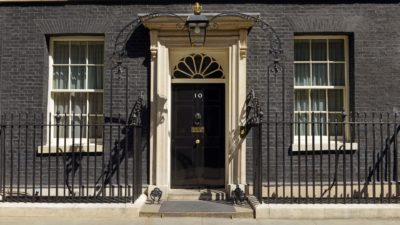Awaab’s Law comes into effect today from 27 October 2025. It is a law designed to ensure social landlords fix dangerous housing conditions quickly. Named after Awaab Ishak, a two-year-old who tragically died in 2020 after prolonged exposure to mould in his family’s flat, the law introduces strict timeframes for landlords to investigate and repair emergency health-related hazards such as damp and mould. The law is a major step towards safer housing.
Under the first phase, social landlords must inspect emergency hazards within 24 hours and make the home safe immediately, investigate damp and mould within 10 working days, begin repairs within five days if hazards are confirmed, and inform tenants of findings within three days.
The rules are part of a wider rollout that will extend to other types of housing hazards over the next two years. Awaab’s Law aims to make homes safer, prevent neglect by housing providers, and give tenants stronger rights to demand timely repairs and accountability.
The law is a lasting legacy to two-year-old Awaab Ishek. Following the avoidable tragedy, Awaab’s family has fought hard to secure justice, not only for their son but for all those who live in social housing, to ensure no tragedies like this are ever repeated.
As the law comes into effect, Housing Secretary Steve Reed has commented: “Everyone deserves a safe and decent home to live in and Awaab Ishak is a powerful reminder of how this can sadly be a matter of life or death.”
Awaab’s family has fought hard for change and their work to protect millions of tenants’ lives will live on as a legacy to their son.
Our changes will give tenants a stronger voice and force landlords to act urgently when lives are at risk, ensuring such tragedies are never repeated.”
While Awaab’s Law currently applies only to the social housing sector, the forthcoming Renters’ Rights Bill, which has now passed in the Commons, will extend its reach to the private rented sector. This means all private landlords will soon be required to meet Awaab’s Law standards, marking a major step forward in ensuring safer homes and healthier living conditions for tenants across all tenures in the UK. Let’s hear from experts across the industry:
Sián Hemming-Metcalfe, Operations Director at Inventory Base, says:
“Awaab’s Law is more than another regulation to manage – it represents a long-overdue shift in how we view housing safety and standards across the UK. It forces us to confront what too many have ignored for too long: people – children – have died because action wasn’t taken soon enough. The law demands a response from everyone responsible for housing, not only the social landlords it applies to from today.
For years, we’ve had the data, the inspection tools, and the legal framework. What’s been missing is consistency and accountability. Regular, evidence-based inspections should already be standard practice – not something triggered by tragedy or the threat of enforcement.
This shift isn’t about compliance alone; it’s about doing the job properly. Every damp wall or blocked vent is a warning sign, not a maintenance note to file away. With the Renters’ Rights Act firmly on the horizon, we’re out of excuses. The systems and standards exist – now we need the will to apply them.”























Comments